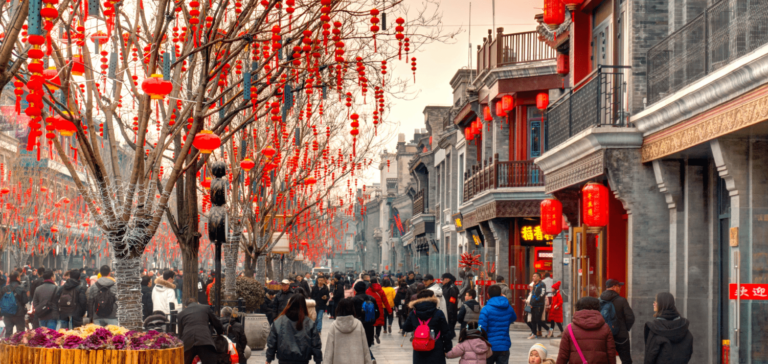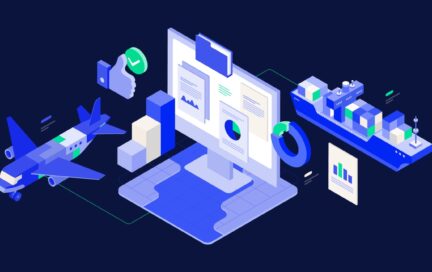Every year in summer, when others are still on vacation, preparations for the peak season begin in retail and logistics. This time of the year, when sales are at their highest, presents a particular logistical challenge. After all, goods need to arrive at warehouses on time and be ready for sale when they are in demand. Retailers and logistics not only have to prepare for Christmas but also for Black Friday and Cyber Monday, the last Friday and the last Monday in November. Because on these days, online retail always records immense sales. However – and this is one of the difficulties that logistics, in particular, has to deal with – these high-turnover periods are always preceded by Golden Week in China, a work-free week on the occasion of the Chinese National Day. Production in China comes to a standstill during this period, and goods are not delivered.
And after Christmas, planning continues, especially for time-critical seasonal goods. This is because the Chinese New Year is celebrated in China in January/February. This also involves a rest period of around seven days in the production facilities.
What are the special features of the peak season? What should you look out for in your logistics planning in the coming weeks and months? What factors must you take into account in this context to ensure that your goods reach you on time and that the costs for transport as a result of seasonal surcharges, for example, do not exceed your planned budget? We have listed what you need to pay attention to and, of course, we also address the special conditions of this year that affect logistics.






